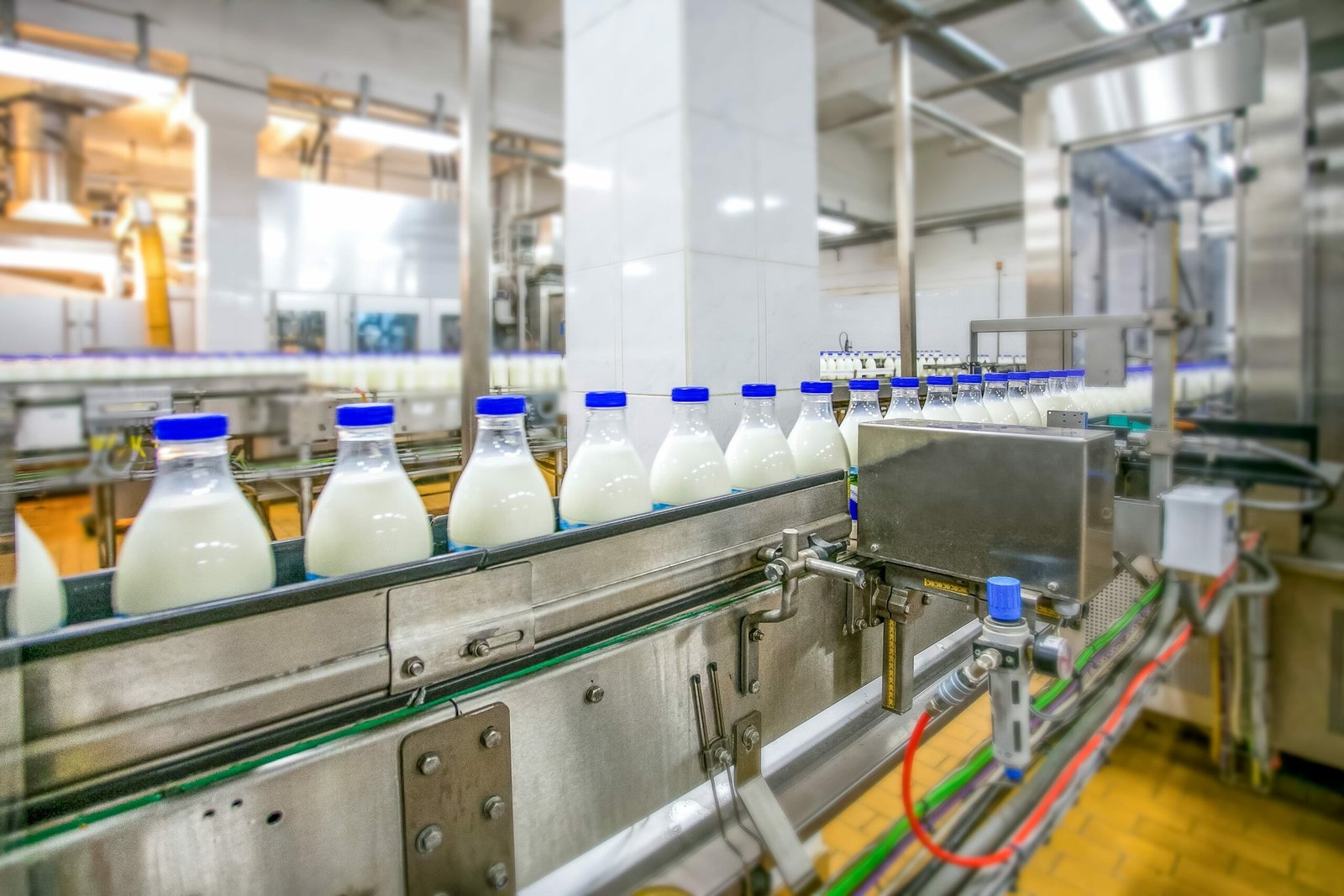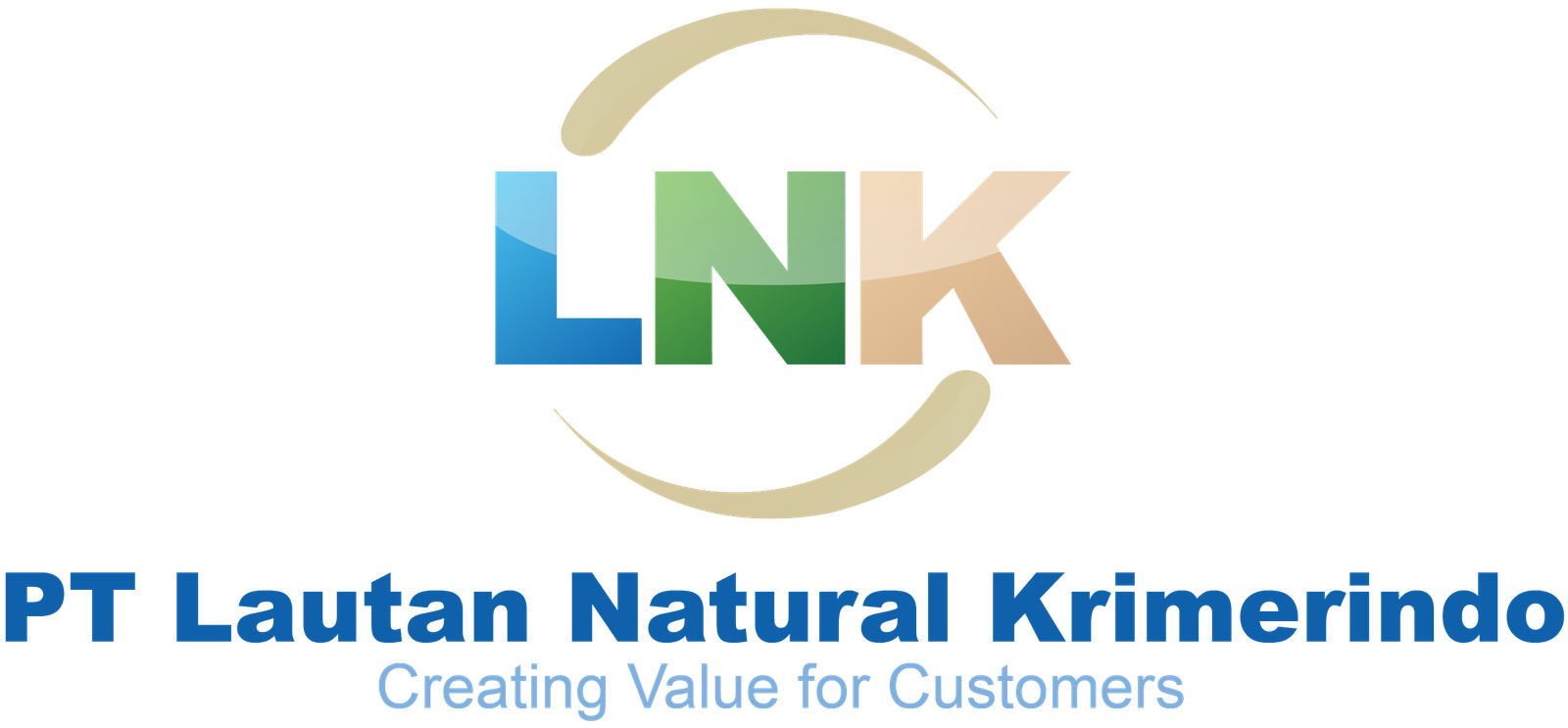
Milk powder is a shelf-stable, convenient alternative to liquid milk, widely used across food and beverage industries worldwide. At its core, powdered milk is simply fresh milk—typically from cows or goats—that has been carefully processed and dried for extended shelf life and broader applications.
This article explores the essential components of milk powder, how it’s made at industrial scale, and why it’s become a go-to dairy solution for modern consumers and manufacturers alike.
What is Milk Powder Made of?
- Microbiological safety
- Optimal Fat dan Protein Content
- Strict hygiene compliance
Depending on the fat content, milk powder can be classified as:
- Full Cream Milk Powder – Rich, creamy, and high in fat and calories, suitable for applications where taste and texture are key.
- Skimmed Milk Powder – Contains less than 0.5% fat, offering a lighter alternative with fewer calories.
Key Nutrients in Milk Powder:
- Milk Fat: Adds creaminess, flavor, and caloric value.
- Milk Proteins (Whey & Casein): Crucial for nutrition, texture, and functionality. Whey is highly bioavailable and soluble, while casein supports stability and structure.
- Milk Sugar (Lactose): Naturally occurring milk sugar that provides a mild sweetness and helps in the drying process.
- Vitamins: Commonly fortified with Vitamins A and D to enhance nutritional value.
- Minerals: Includes calcium, magnesium, phosphorus, and iron—important for bone health and energy metabolism.
Special formulations may include additional nutrients tailored for specific needs such as children, seniors, or individuals on low-fat diets. Emulsifiers and stabilizers may also be added to improve solubility and consistency.
How Industrial Milk Powder Is Made
1. Raw Milk Collection and Cooling
Milk is sourced from certified farms and filtered to remove impurities. It’s then rapidly cooled to 2–4°C to preserve freshness and inhibit bacterial growth.
2. Pasteurization
3. Concentration & Drying
After pasteurization, the milk is concentrated and dried using methods such as:
- Spray Drying (most common): Milk is sprayed into a chamber with hot air, evaporating water and producing fine milk powder.
- Freeze Drying or Infrared Drying (less common): Used for specific, high-value applications.
4. Pulverization
The dried milk is ground into uniform particles to enhance solubility and consistency. The final powder is then sieved, quality-checked, and packed in moisture-proof packaging.
From these various processes, quality control plays an important role. Starting from the selection of raw materials, the entire production process, to the details of the final product must be monitored properly. With optimal quality control, the milk powder sold can meet the standards (national & international).
Each powdered milk product can have certain differences in the quality of the main ingredients, additional ingredients, pasteurization standards, and so on.
Benefits of Powdered Milk
Milk products that are marketed can be packaged milk or powdered milk. Both are derived from fresh milk as the main ingredient but have different shapes or textures. Although it has become a powdered form, the nutrients in milk powder are still complete such as vitamins, potassium, calcium, and protein.
Here are some advantages of milk powder that you need to know:
1. Long Shelf Life & Easy to Store
- Without the moisture that accelerates spoilage, powdered milk can last up to 3 years when stored in a cool, dry place—no refrigeration needed.
- Convenient Portability
- Lightweight and compact, milk powder is easy to transport and store. It’s ideal for bulk purchase and use in environments where refrigeration isn’t available.
2. Flexible Usage
It’s versatile enough to be used for:
- Direct consumption (just mix with water)
- Cooking and baking
- Food and beverage manufacturing (e.g., ice cream, yogurt, confections)
3. Nutrient Rich
Despite the drying process, milk powder retains essential nutrients. Many products are fortified to support specific dietary needs.
4. Easy to Find & Customize
You can easily find milk powder products in convenience stores and supermarkets. Available in full cream, skimmed, and special-purpose formulations (e.g., high-protein, low-fat), milk powder suits a wide range of consumer and industry needs that you can customize according to your desired taste.
What’s the Difference between Packaged Milk and Powdered Milk?
| Feature | Powdered Milk | Liquid (Packaged) Milk |
| Form | Dry powder | Liquid |
| Storage | No refrigeration needed | Requires refrigeration after opening |
| Shelf Life | Up to 3 years | Short (typically a few days to weeks) |
| Usage | Mix with water, flexible in recipes | Ready to drink |
| Portability | Lightweight, compact | Bulky, perishable |
Powdered milk from full cream milk powder supplier offers greater versatility and durability, especially for large-scale manufacturing and regions with limited cold chain infrastructure.
Frequently Asked Questions
Is milk powder real milk?
Yes, Milk powder is made from real fresh milk with the water removed. It retains the same nutritional value and taste when reconstituted.
What are the main ingredients in milk powder?
The primary ingredient is fresh milk. Milk powder contains many essential nutrients such Calcium, fat, proteins, lactose, vitamins, and minerals.
Is industrial milk powder safe to consume?
Absolutely. When produced by certified manufacturers, milk powder is completely safe and meets global food safety standards.
How is milk powder produced?



